These days, Fabrique Nationale Herstal, AKA FN, is best known as a leading small arms manufacturer in Europe.
Through the company’s ownership of the Winchester and Browning brands, they’re not doing too bad on the civilian market either, though.
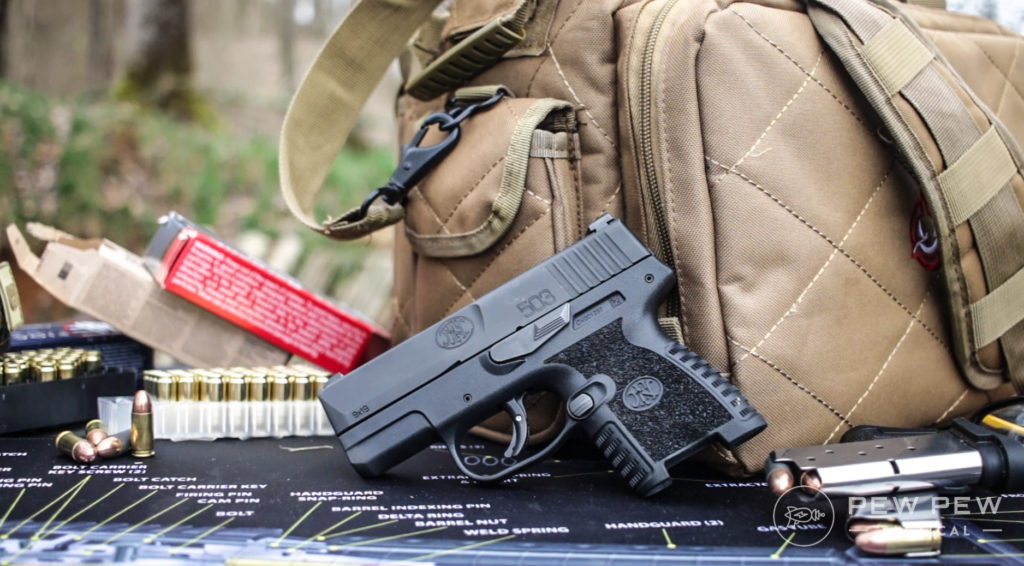
But how did they get to this point?
As the next entry in our series on the history of arms manufacturers, we’re tackling FN.
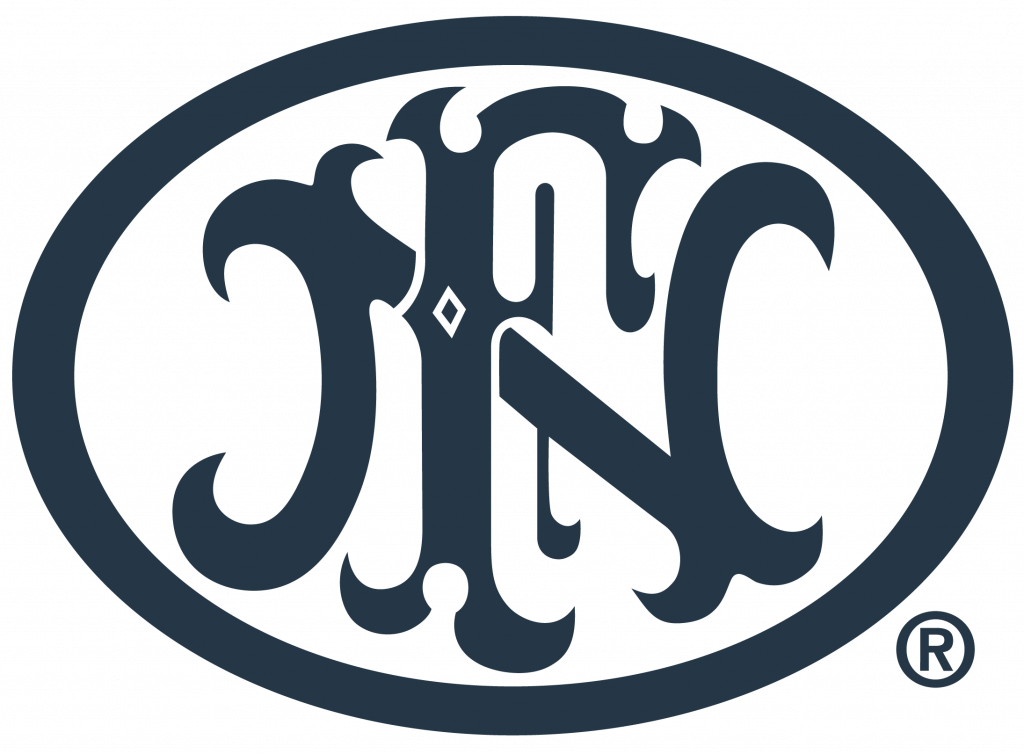
We’ll walk you through how this powerhouse got its start and some notable designs it made along the way.
By the end, you’ll better understand how FN became the manufacturer it is today.
Table of Contents
Loading…
Mausers & Bicycles?
Originally named Fabrique Nationale d’Armes de Guerre (French for National Factory of Weapons of War), FN began in 1889 in Herstal, Belgium as a supplier of small arms for the Belgian military.
Specifically, they produced 150,000 Model 89 Mauser rifles.

Over time, many gun manufacturers diversified their product offerings beyond firearms to help ensure continuous profits, especially when guns weren’t selling.
In FN’s case, they opted to sell bicycles.

For modern audiences, that might be a confusing choice. But FN did well, actually introducing a chainless bicycle.
With their success in bicycles, FN expanded into other wheeled vehicles as well. They produced cars until 1935, motorcycles until 1965, and trucks until 1970.
Interestingly, FN’s bicycle pursuits led to an encounter that would forever change the company.
Browning Makes an Impression
In 1897, Hart O. Berg, FN’s sales manager, visited the United States to learn about bicycle technology.
On this trip, he was introduced to John Moses Browning.
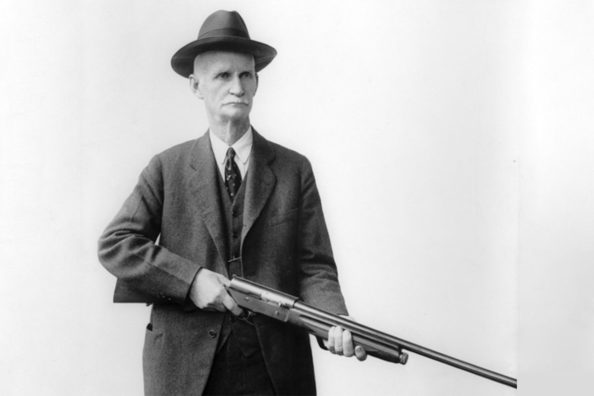
Browning had recently designed a pocket-sized, blowback-operated, single-action semi-auto pistol and a .32 caliber round to go with it.
Additionally, he was looking for a company to manufacture them. Berg had a nice new factory and was looking for something to manufacture.
It seemed like a match made in firearm heaven.

Browning sent the gun back to Belgium with Berg, who tested it out.
He was very impressed, thus kicking off a partnership that would last until Browning’s death.
FN began manufacturing the pistol, dubbed the Model 1900. It proved wildly successful. And that .32 caliber round…is now known as .32 ACP.
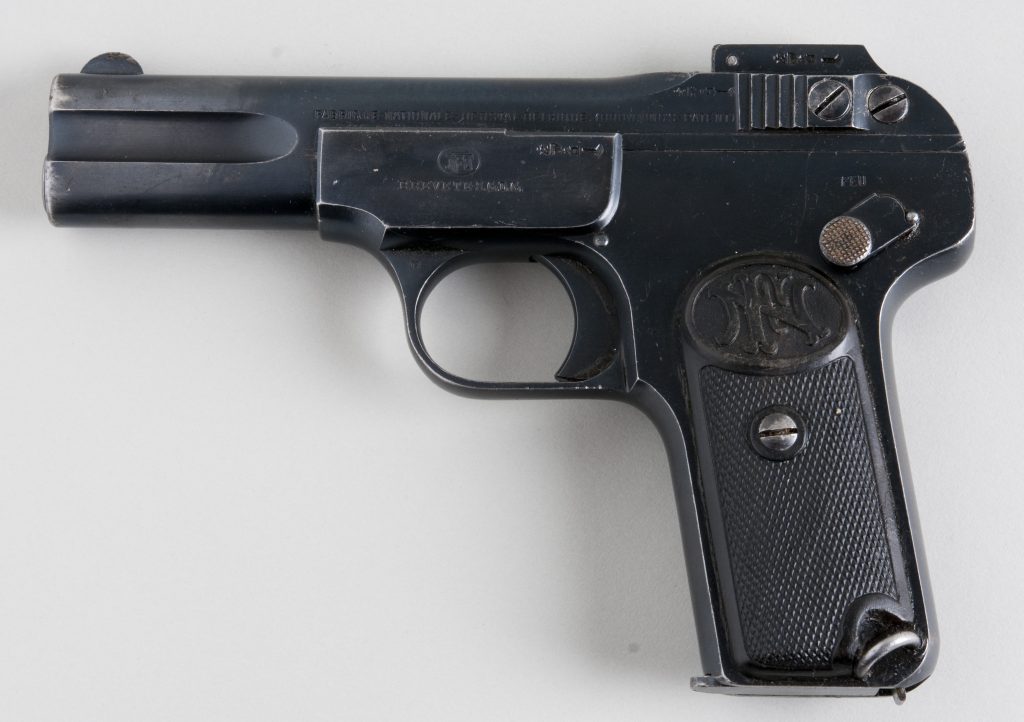
Over the next almost three decades, Browning would work with FN personnel to produce successful firearms.
Some of the greatest hits include the Auto-5, the first mass-produced semi-auto shotgun; the Superposed, the first over and under shotgun; and the Browning Semi-Automatic Rifle.
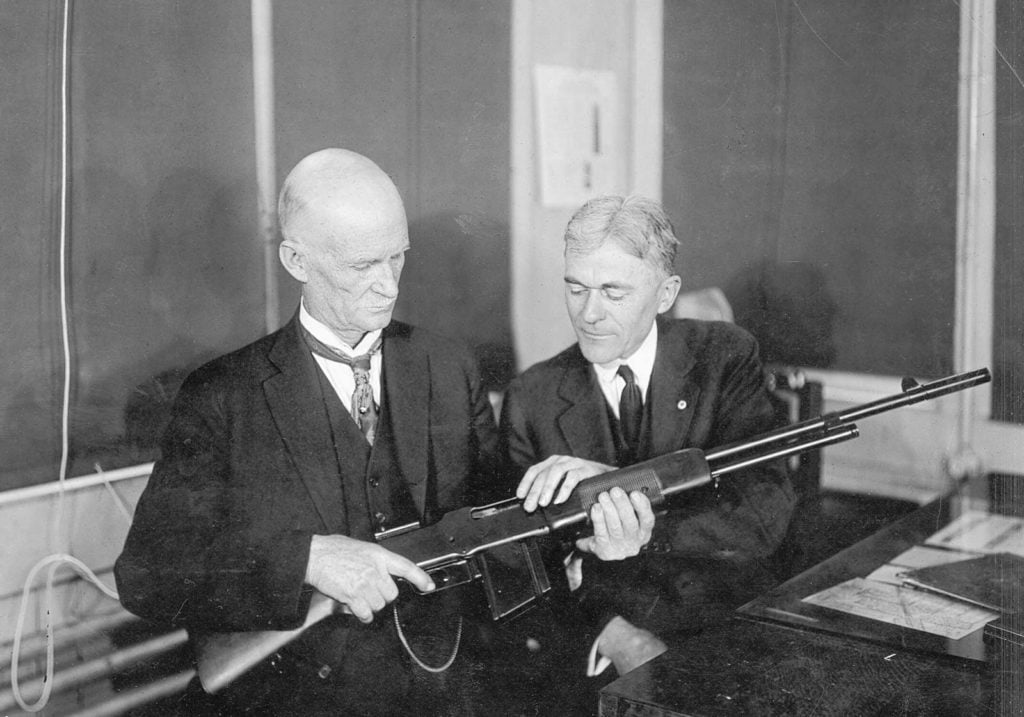
The partnership between Browning and FN was very close, with a great deal of mutual respect.
Browning made frequent visits to FN facilities in Belgium starting in 1902. In 1907, the guns he designed became marked with his name.
During this period, Browning offered all of his designs to FN for the right of first refusal. Though some, like the Model 1903 pistol, were also manufactured by Colt with small variations.
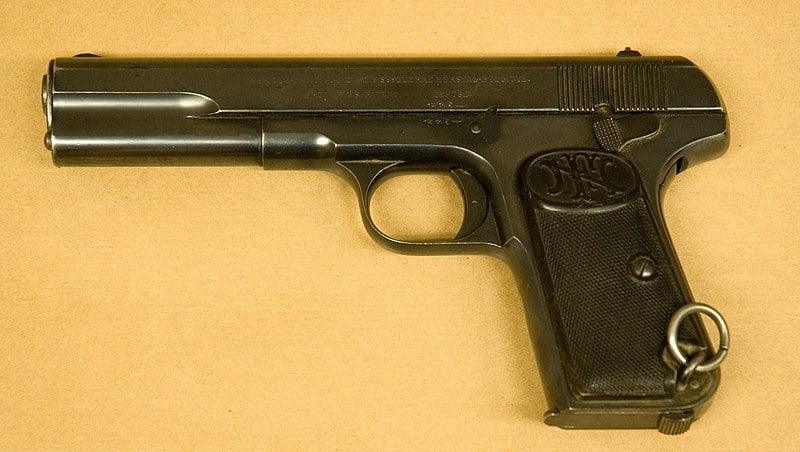
In fact, Browning was actually at the FN facilities in Herstal when he died in 1926.
His body laid in state in the FN boardroom. Work on-site stopped so employees could pay their respects.
At the time of his death, Browning was designing a few guns for FN that would carry his name after his death.
Among those, the Browning Hi-Power pistols.
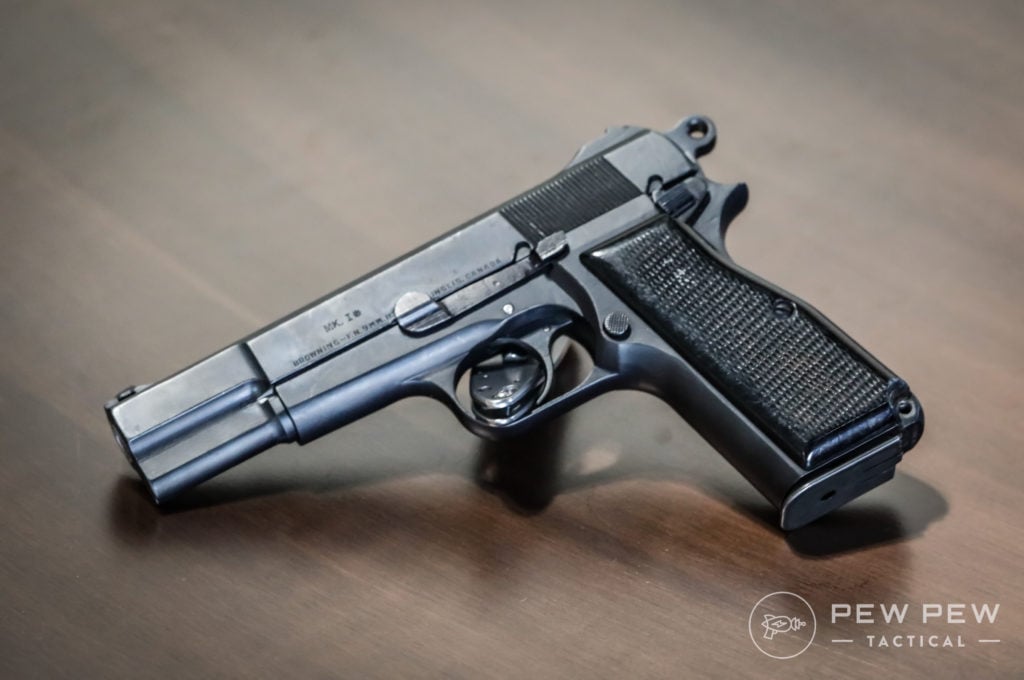
FN continued to produce Browning firearms to this day and officially purchased Browning Arms Company in 1977.
Browning is now a subsidiary of FN.
FN After World War II
While FN made a splash in civilian markets, the company’s greatest successes came from selling to militaries.
Many of the firearms FN manufactured during that initial Browning period were adopted by militaries, perhaps most notably the Hi-Power.
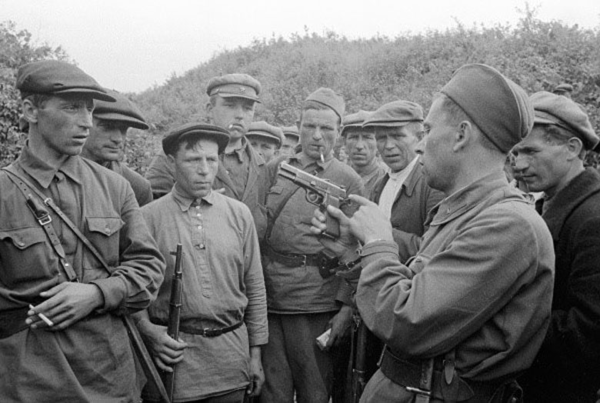
However, in the period after World War II, FN experienced a second wave of military demand.
One of the big successes was the FN FAL (Fusil Automatique Léger) — also called the LAR (Light Automatic Rifle) by English speakers.
This rifle was first prototyped around 1947 by Diudonné Saive, FN’s chief designer and former protégé to John Browning.

The FAL’s durable, accurate, and reliable design impressed militaries around the world.
Though the Canadian Army adopted the FAL in 1953, they were just the first of about 100 different countries to purchase the rifle.
Those countries included the bulk of NATO members, though the U.S. military notably opted in 1957 for the M14 instead.
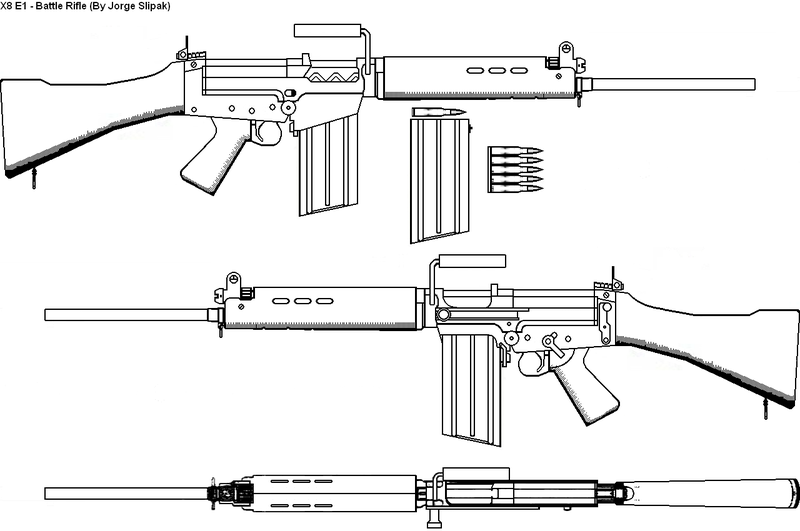
The FAL became best known for its use by various Commonwealth countries, including Canada, Great Britain, South Africa, and Australia.
Around the Commonwealth, it bore the designation L1A1 Self-Loading Rifle, or SLR.
Another noteworthy rifle FN produced around this same period is the Model 1949 FN Semi Automatique Fabrique Nationale (SAFN), or FN-49.
Like the FAL, the FN-49 was designed by Saive and adopted by numerous militaries, though not by as many as the FAL.
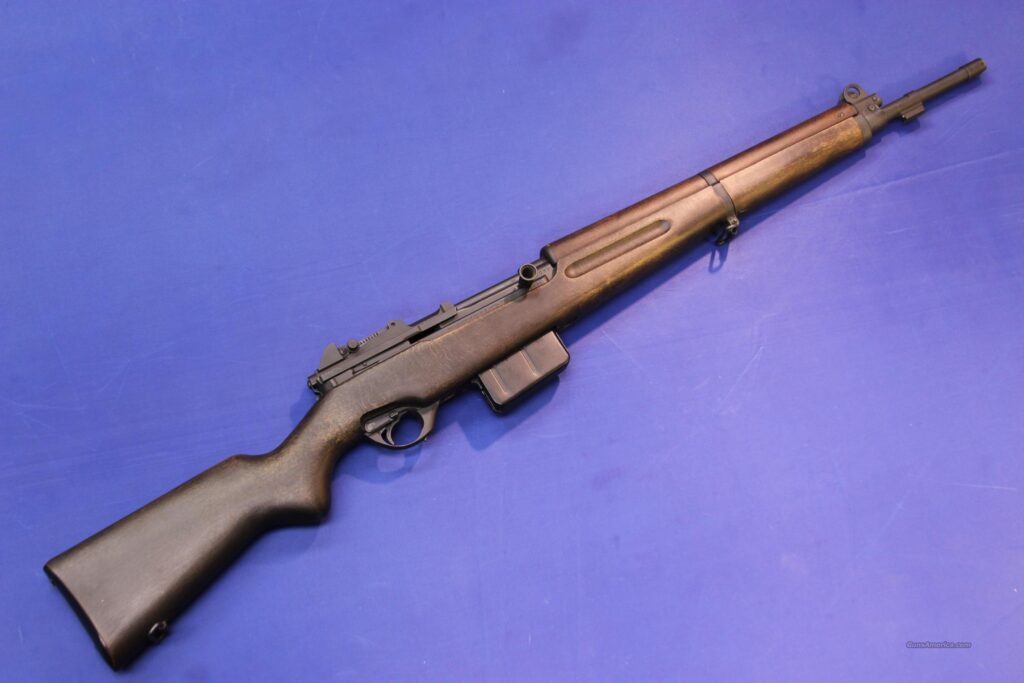
Nevertheless, the rifle had longevity. It served in the Korean War, with some countries holding onto SAFNs even through the 1970s.
FN didn’t want to limit itself to only military weapons, though. So, in 1970 the company dropped the “d’Armes de Guerre” (“weapons of war”) part of its name.
From there, FN became officially known as Fabrique Nationale Herstal.
FN in the U.S.
Despite FN’s popularity among European and Commonwealth militaries, the U.S. generally preferred its own domestic designs.
At the same time the U.S. military snubbed the FN FAL, they also disregarded the FN MAG (Mitrailleuse d’Appui Général) in favor of the M60.
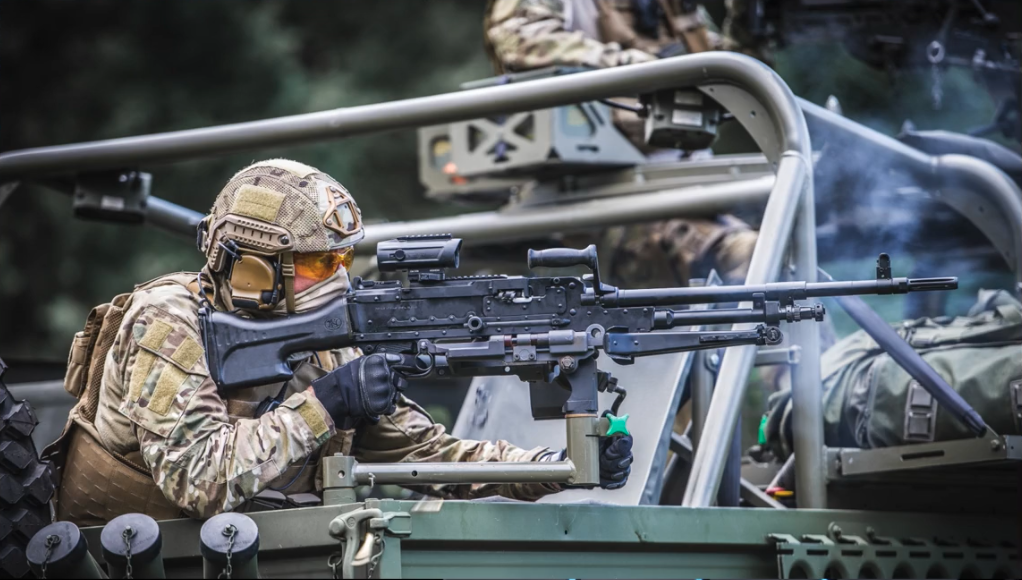
The MAG was a general-purpose machine gun designed by Ernest Vervier in the early 1950s.
It incorporated elements from earlier Browning-designed machine guns, including the locking and gas systems. The feed system, however, was based on that of the German MG42.
Towards the end of the 20th century, though, the States began to come around.
In 1976, the U.S. adopted the MAG for use with the M1 Abrams tank under the designation M240.
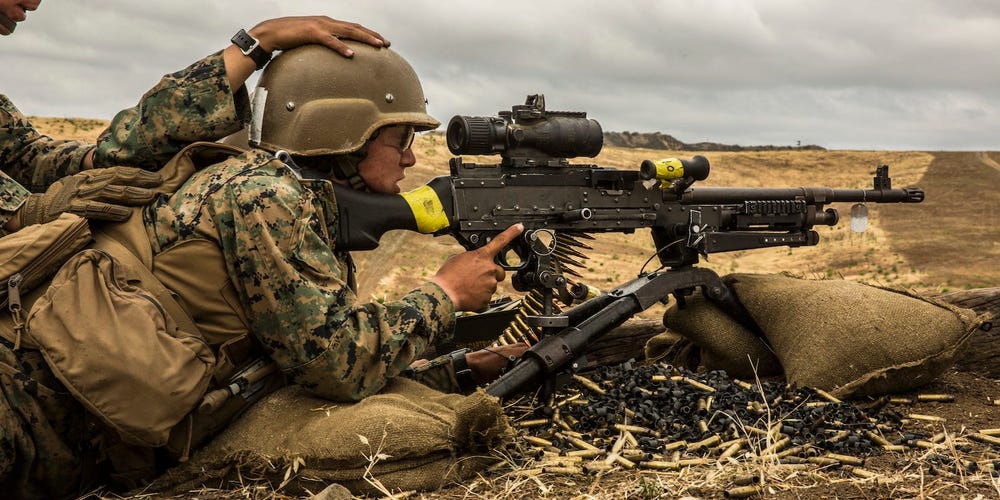
Later, the U.S. ordered versions for infantry, boats, aircraft, and armored vehicles.
Military sales were so strong, in 1981, FN opened FN Manufacturing in Columbia, SC, to produce M240s for the U.S. military.
In time, the factory began producing other products for the military, American law enforcement, and civilian markets — all using the same methods and standards as the Belgium factory.
(The LAPD recently adopted the FN 509 MRD-LE as its duty weapon, read more about that in our write-up here!)
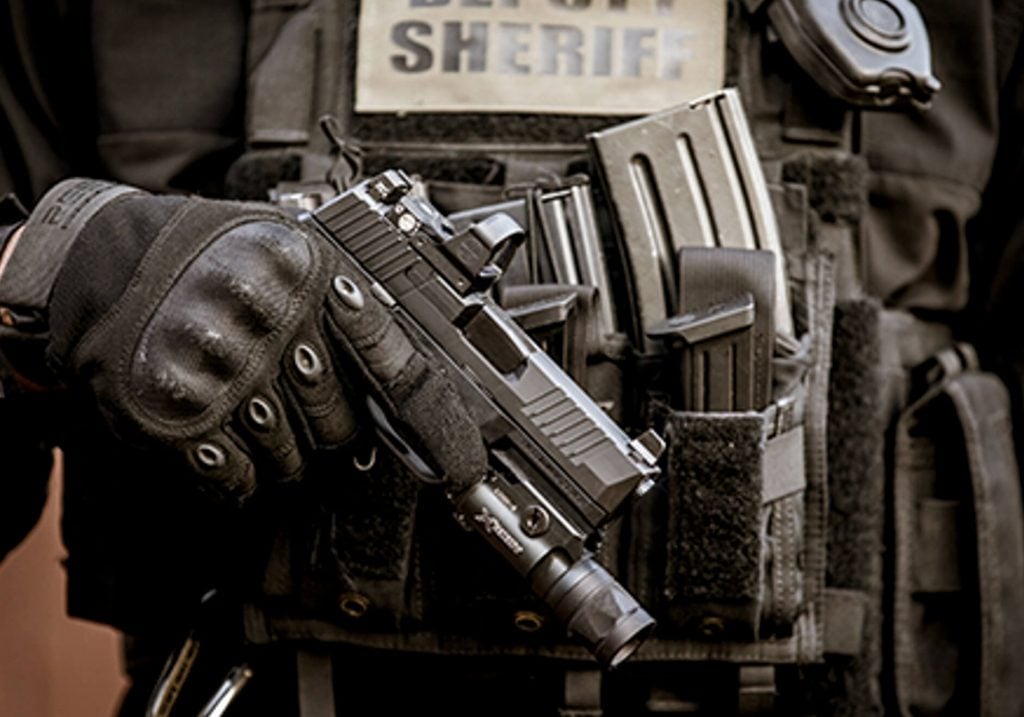
Since FN has used the Columbia factory to score contracts with other manufacturers. This allowed the company to produce those manufacturer’s designs in the U.S.
In 1989, for example, FN scored a major contract for M16 production.
Other weapons produced in the Columbia factory include the M4 carbine and Mk 19 grenade launchers.
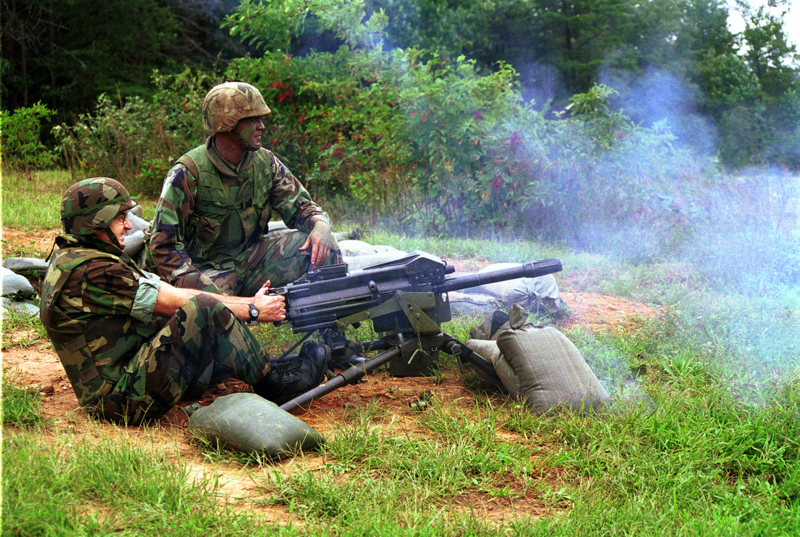
This increased U.S. presence may have helped FN land a couple of important contracts for original firearm designs for the military too.
In the 1980s, the US Army adopted the FN MINIMI as the M249 Squad Automatic Weapon.
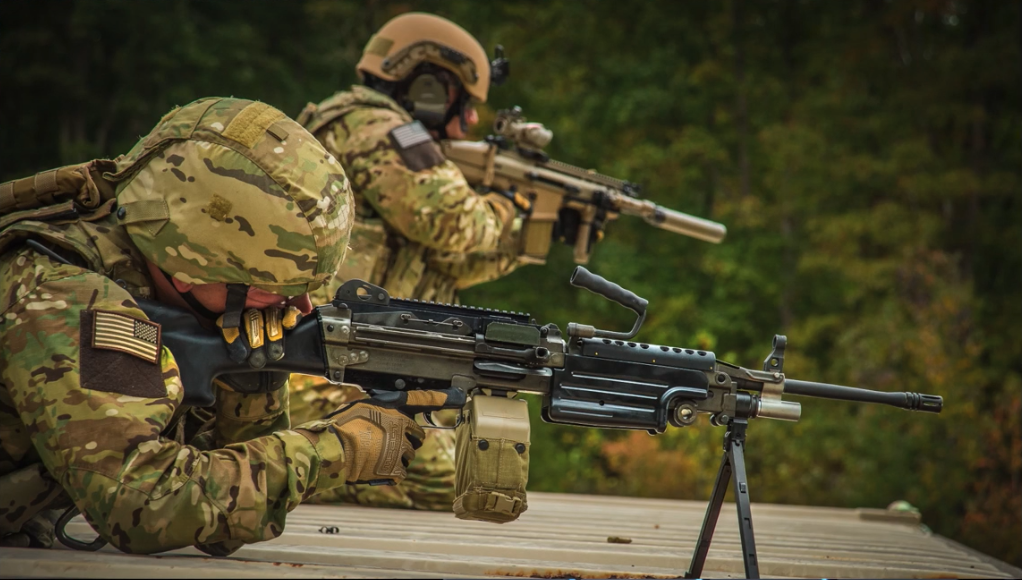
And in 2004, U.S. SOCOM grabbed the FN Special Operation Forces Combat Assault Rifle (SCAR). The same year, the U.S. Navy adopted the FN M3M machine gun.
Most recently, the company announced the EVOLYS – a new lightweight machine gun for military use. (You can read our resident machine gunner’s opinion!
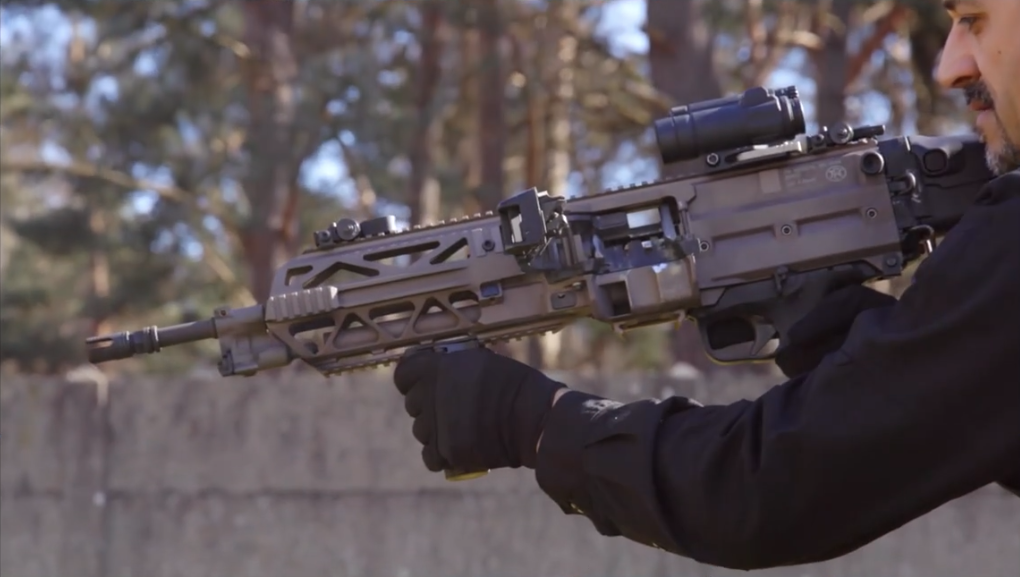
In response to the increased U.S. sales, FN launched FNH USA to handle sales and marketing for FN in the United States in 1998.
However, in 2014, FN Manufacturing and FNH USA were consolidated together into a single entity — FN America.
Modern Day FN
The end of the Cold War was a rough time for arms manufacturers across the U.S. and Europe, and FN was no exception.
In response, the company downsized employment and streamlined production to conserve to cope with the drop in government contracts following the end of the arms race.
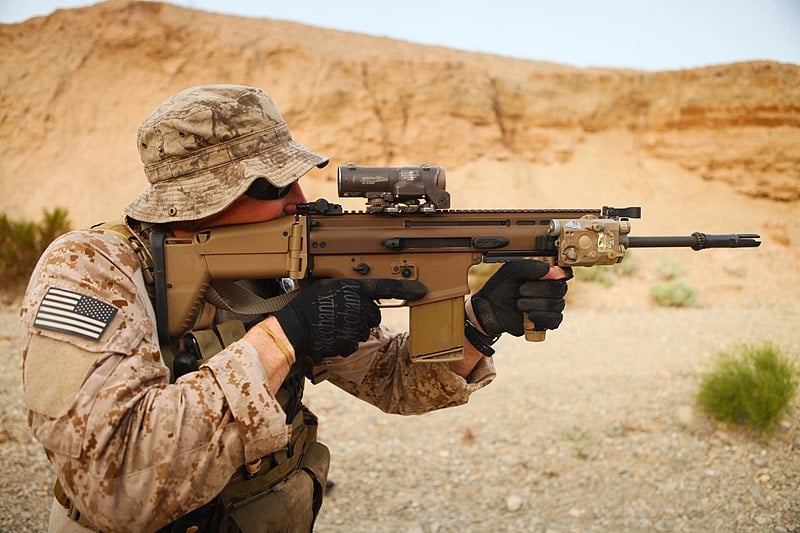
At the same time, they invested 150 million euros in updating the Herstal factory, ensuring production was top of the line.
High-quality products proved to be a savvy investment, thus allowing FN to survive while other manufacturers did not.
Since then, FN has adhered to a similar blueprint, reinvesting money in product development and production quality to stay on top.
In fact, 5% of the company’s budget goes directly to research and development.
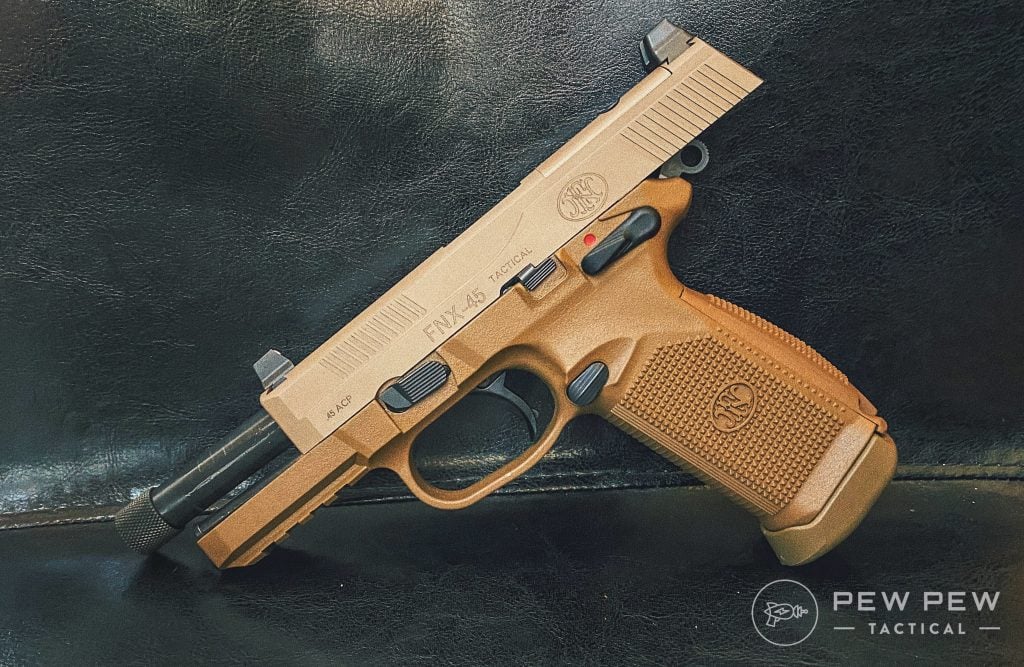
Additionally, FN continues to carefully cultivate relationships with various armed services worldwide — especially the U.S. military.
This approach allows them to focus on big orders rather than maintaining favor in the fickle civilian market.
FN’s strategy paid off, and more than 55% of FN’s annual income comes from military sales.
According to FN, this makes the gun maker the largest exporter of military small arms in Europe.
The SCAR is still one of FN’s bestselling military arms. Though, the productions of the M16 and M4A1 for the U.S. military are also key contracts.
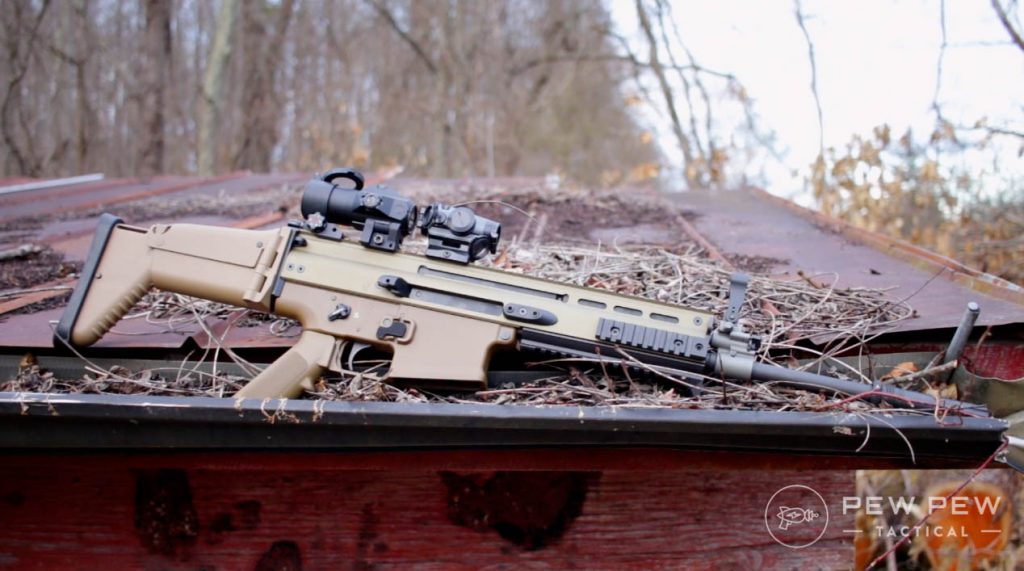
Despite the strong emphasis on military relationships, civilian sales have grown in the past couple of decades.
More regular citizens recognize the same benefits in FN arms that militaries do — reliability, durability, and premium performance.
For the civilian market, FN’s best sellers include the FNS and FNX pistols and the FN 15 series of rifles.
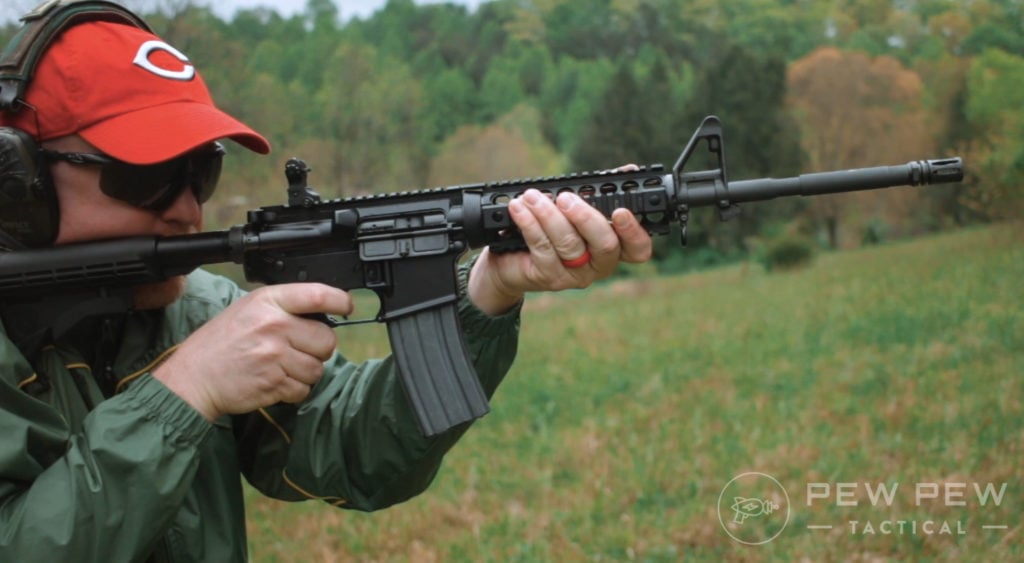
Conclusion
FN’s success is largely due to the company’s innate ability to make connections and grow relationships.
Through John Moses Browning’s contributions to partnering with the world’s militaries, this gun maker has navigated the sometimes-difficult waters of manufacturing.
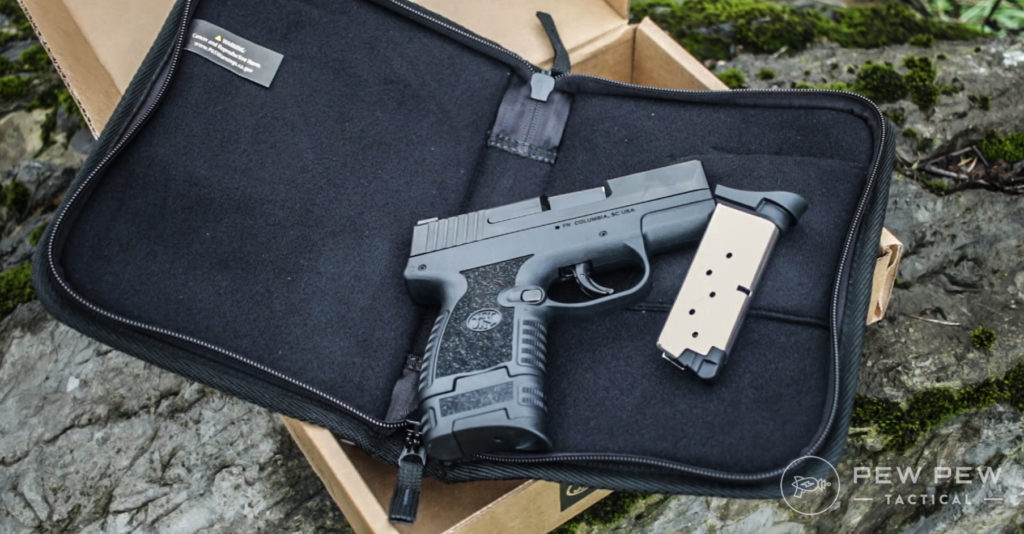
Coupled with a reliable reputation and high-quality processes, FN has jumped from just military guns to also offering options to the civilian market.
And the company continues to provide a variety of arms to both everyday gun owners and the LE/military markets.
Were you surprised by any of FN’s history? Let us know in the comments below. Check out our reviews on the Five-SeveN, FN 503, SCAR 17S, and FNX-45 Tactical for more FN goodness.

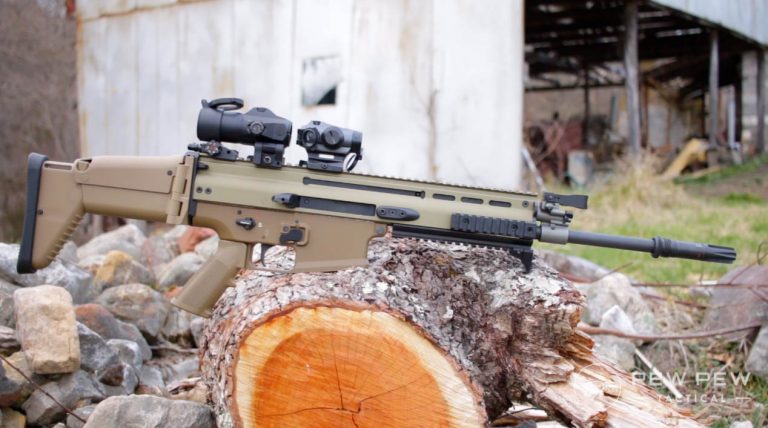







2 Leave a Reply
Very well written article...I always enjoy reading the praises of FN and the firearms they produce..I wished more firearm owners would give them a chance and realize that they have alot to offer and FN is just as good as the leading competitors in the civilian market
No mention of the P90, a.k.a. the coolest-looking bullpup PDW ever made? If it's good enough for both the Secret Service and the Stargate program, it's good enough for me.